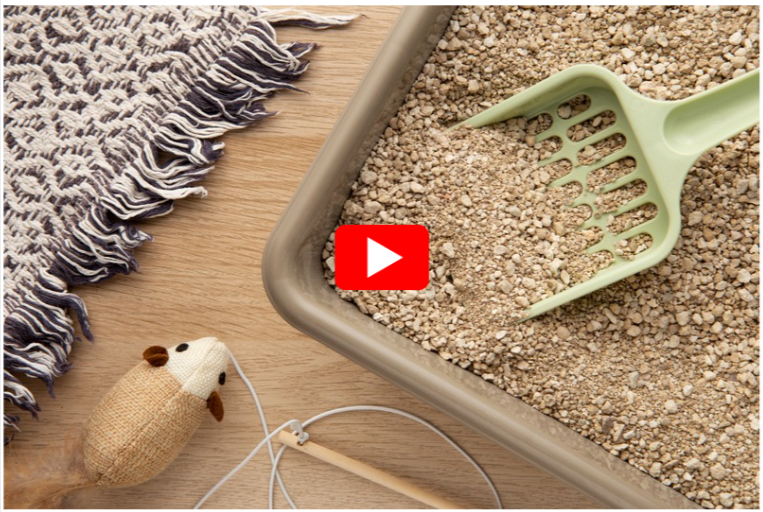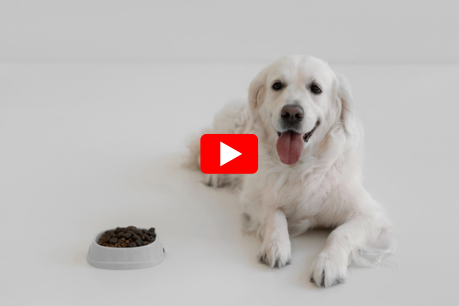Cat Years To Human Years: The Complete Conversion Guide!
Cats are beloved companions in millions of homes around the world. As cat parents, we often wonder how our feline friend’s age compares to ours.
While dogs have their own age-to-human year conversion, cats follow a slightly different formula that takes into account their rapid early development and slower aging later in life.
Convert your cat’s age to human years easily! A 1-year-old cat equals a 15-year-old human. Learn how feline age compares to ours in this guide.
In this detailed, informative guide, we’ll explain how to convert cat years to human years, discuss factors affecting feline aging, and help you better understand your cat’s life stages.
Whether you’re a first-time cat owner or a seasoned pet lover, this post will give you a fresh perspective on your furry friend’s age.
📖 Why Convert Cat Years to Human Years?
Understanding how a cat’s age translates to human years can help pet owners:
-
Provide age-appropriate care and nutrition
-
Recognize health risks and preventive measures
-
Understand their cat’s behavioral changes
-
Appreciate each life stage for their feline friend
Cats age differently than humans, with their first years accounting for the most rapid growth and development. By converting their age to human years, you gain insight into their maturity level, health needs, and expected lifespan.
📅 Cat Years to Human Years Chart
The commonly accepted method for converting cat years to human years is:
| Cat’s Age (Years) | Human Equivalent (Years) |
|---|---|
| 1 | 15 |
| 2 | 24 |
| 3 | 28 |
| 4 | 32 |
| 5 | 36 |
| 6 | 40 |
| 7 | 44 |
| 8 | 48 |
| 9 | 52 |
| 10 | 56 |
| 11 | 60 |
| 12 | 64 |
| 13 | 68 |
| 14 | 72 |
| 15 | 76 |
| 16 | 80 |
| 17 | 84 |
| 18 | 88 |
| 19 | 92 |
| 20 | 96 |
After 2 years old, each additional cat year equals about 4 human years.
How Do Cats Age?
Cats age much faster in their early years, especially during the first two years of life. A one-year-old cat has reached the maturity equivalent of a 15-year-old human. By age two, a cat is roughly comparable to a 24-year-old person.
After this, the aging process slows, with each subsequent year representing about four human years.
Factors influencing how a cat ages include:
-
Breed
-
Size
-
Diet
-
Indoor vs. outdoor lifestyle
-
Veterinary care
Factors That Impact a Cat’s Lifespan
Different elements can influence how fast or slowly a cat appears to age. Some important factors include:
📌 1. Indoor vs. Outdoor Cats
Indoor cats typically live longer than outdoor cats due to:
-
Safer environments
-
Better nutrition
-
Regular veterinary care
-
Protection from predators, diseases, and accidents
Indoor cats: 12-18 years (some reaching 20+)
Outdoor cats: 5-10 years on average
📌 2. Breed Differences
Certain breeds have genetically longer lifespans:
-
Burmese, Siamese, and Ragdoll cats often live into their late teens or twenties.
-
Large cat breeds like the Maine Coon might have slightly shorter lifespans.
📌 3. Health Care and Nutrition
Regular check-ups, proper vaccinations, dental care, and a balanced diet can dramatically extend a cat’s life expectancy.
📌 4. Weight and Activity
Obesity is a significant issue for domestic cats, leading to health issues like diabetes, arthritis, and heart problems, reducing lifespan. Active, lean cats tend to live longer, healthier lives.
🐾 Life Stages of a Cat (and Their Human Equivalents)
Let’s break down your cat’s life into stages to understand their human age equivalent and what you can expect behaviorally and physically:
📌 Kitten (0-6 months)
Human Equivalent: 0-10 years
Kittens grow rapidly and are full of curiosity. This is the time for early vaccinations, socialization, and learning good habits.
📌 Junior (7 months – 2 years)
Human Equivalent: 12-24 years
Your cat reaches full physical and sexual maturity. Energetic and sometimes mischievous, this is their adolescence and early adulthood.
📌 Prime (3-6 years)
Human Equivalent: 28-40 years
At their physical prime, cats are active, confident, and typically healthy during these years.
📌 Mature (7-10 years)
Human Equivalent: 44-56 years
A slight slowdown in activity occurs. Regular vet visits become more crucial for early detection of age-related issues.
📌 Senior (11-14 years)
Human Equivalent: 60-72 years
Cats may develop arthritis, dental issues, or organ-related diseases. Adjustments in diet and routine can help maintain their quality of life.
📌 Geriatric (15+ years)
Human Equivalent: 76+ years
Geriatric cats often require specialized care, with more frequent veterinary checkups and possible age-related health challenges.
🐈 Notable Oldest Cats in History
Several cats have lived well beyond the average lifespan:
-
Creme Puff (1967–2005): Lived 38 years, the oldest cat ever recorded.
-
Baby (1970–2008): Lived to 38 years.
-
Granpa Rexs Allen (1964–1998): Reached 34 years.
These exceptional lifespans often involved attentive owners, good genetics, and indoor lifestyles.
📋 Tips to Help Your Cat Live a Longer, Healthier Life
To help your feline companion reach their golden years in good health:
-
Provide a balanced, age-appropriate diet
-
Schedule regular veterinary visits
-
Maintain good dental hygiene
-
Keep them physically and mentally stimulated
-
Monitor their weight and activity levels
-
Keep them indoors or in secure outdoor enclosures
-
Watch for early signs of health issues like changes in appetite, behavior, or grooming habits
Common Myths About Cat Aging
- Myth: Cats always land on their feet and thus don’t get injured easily.
- Fact: Falls from high places can cause severe trauma, especially in older cats.
- Myth: Outdoor cats are happier than indoor cats.
- Fact: While they may seem to enjoy the outdoors, indoor cats tend to live safer, longer lives.
Conclusion
Understanding the correlation between cat years and human years helps you appreciate your feline friend’s life stages and adjust care accordingly.
Whether you’re raising a playful kitten, living with a mature cat, or caring for a cherished senior, every year of a cat’s life brings new joys and responsibilities.
Treat them well, monitor their health, and cherish every moment of your time together — because whether they’re 1 year or 20 years old, in our hearts, they’re always young.



